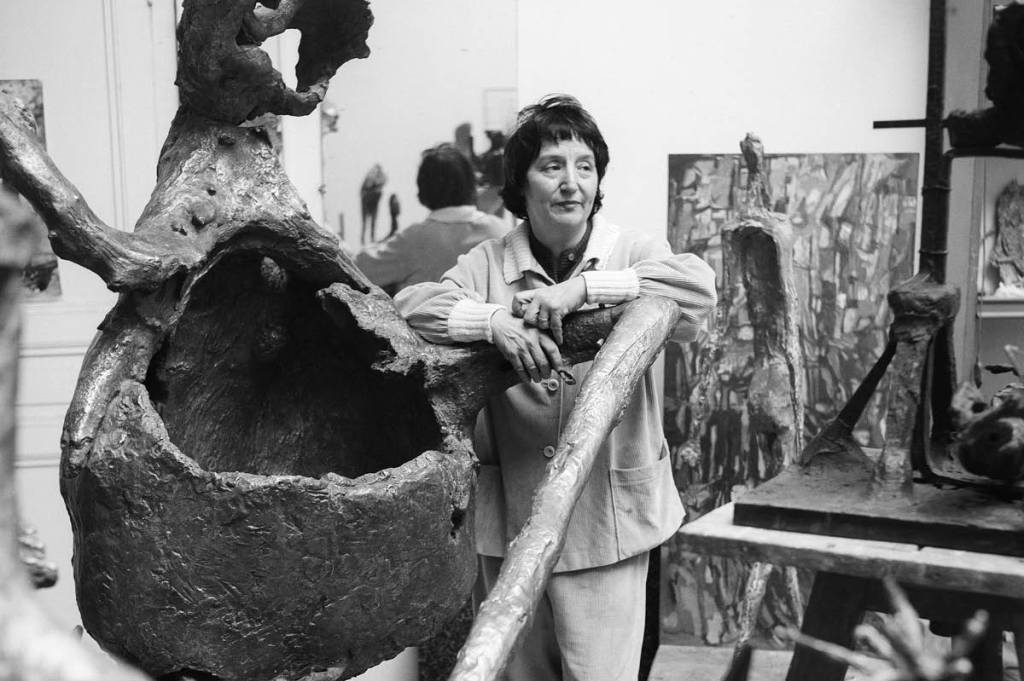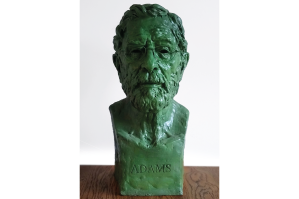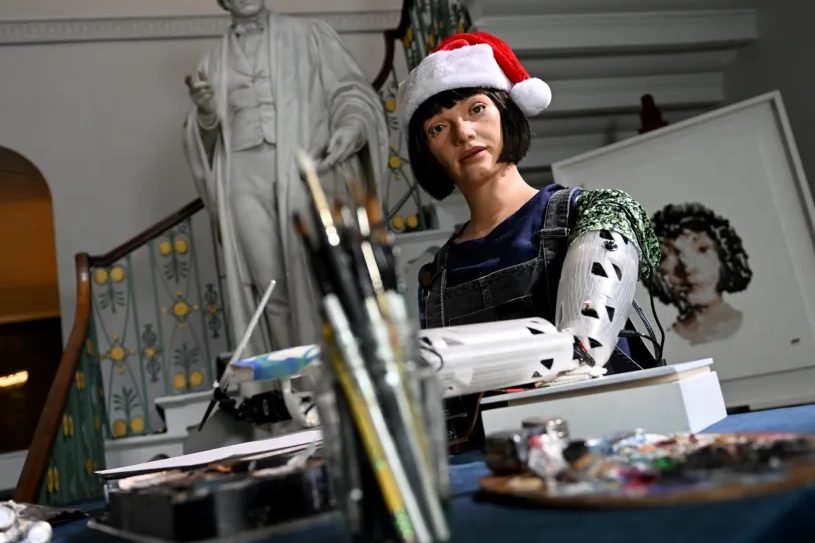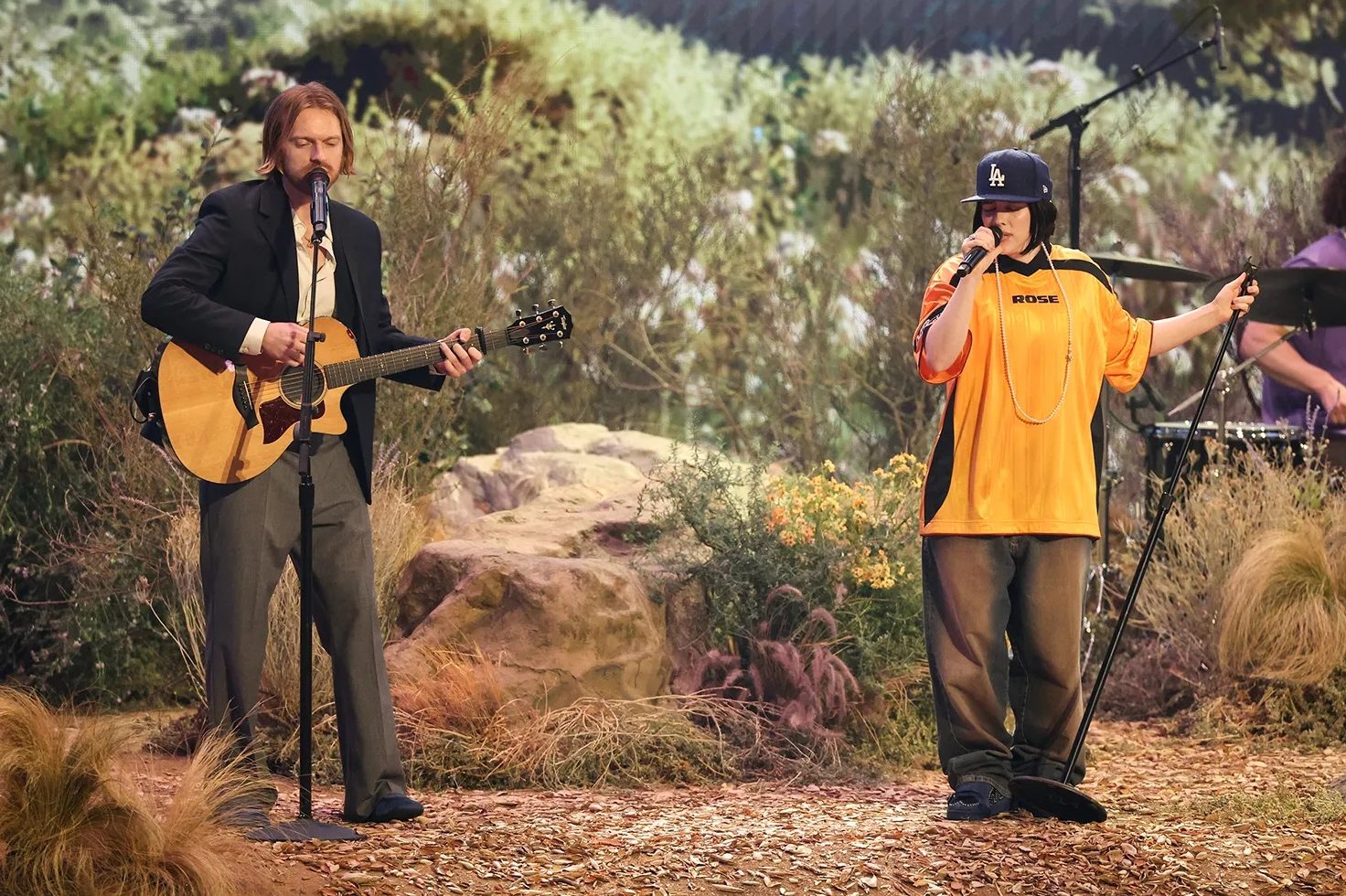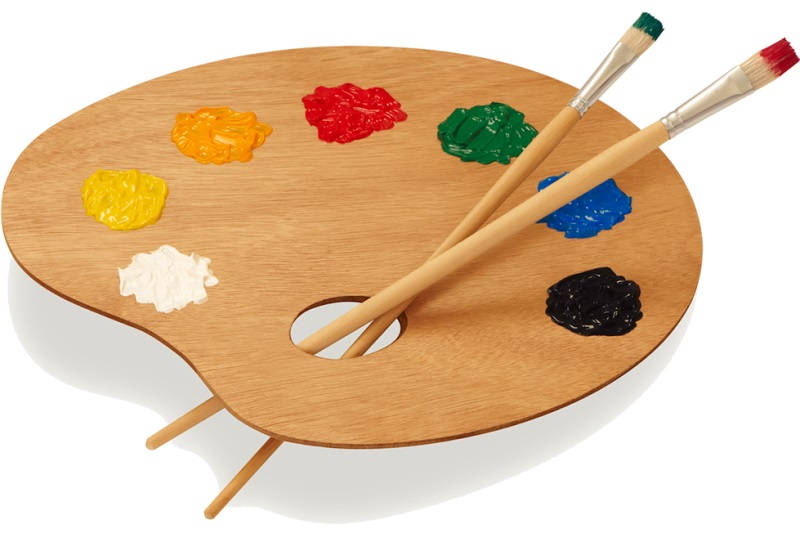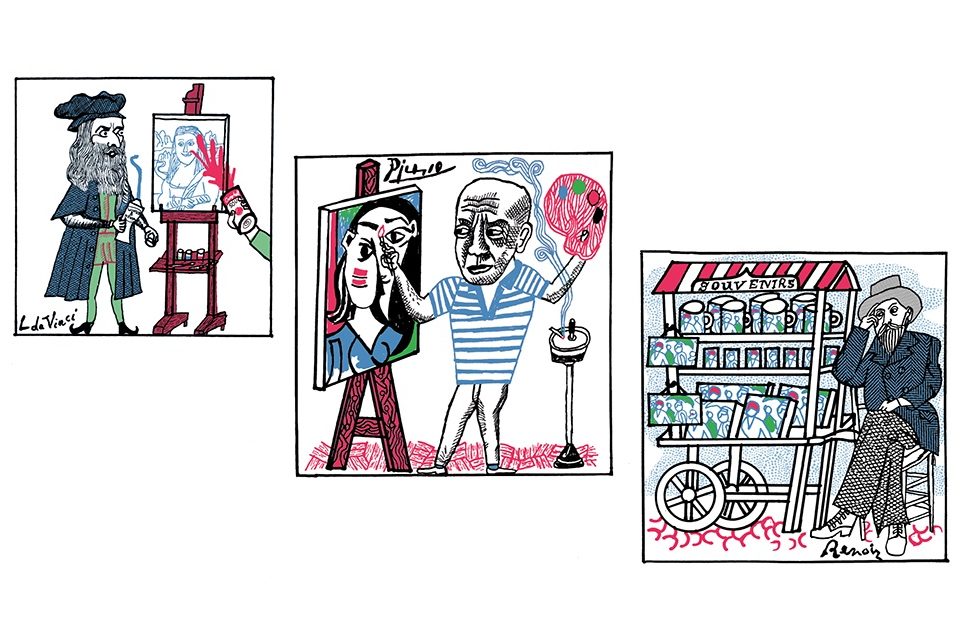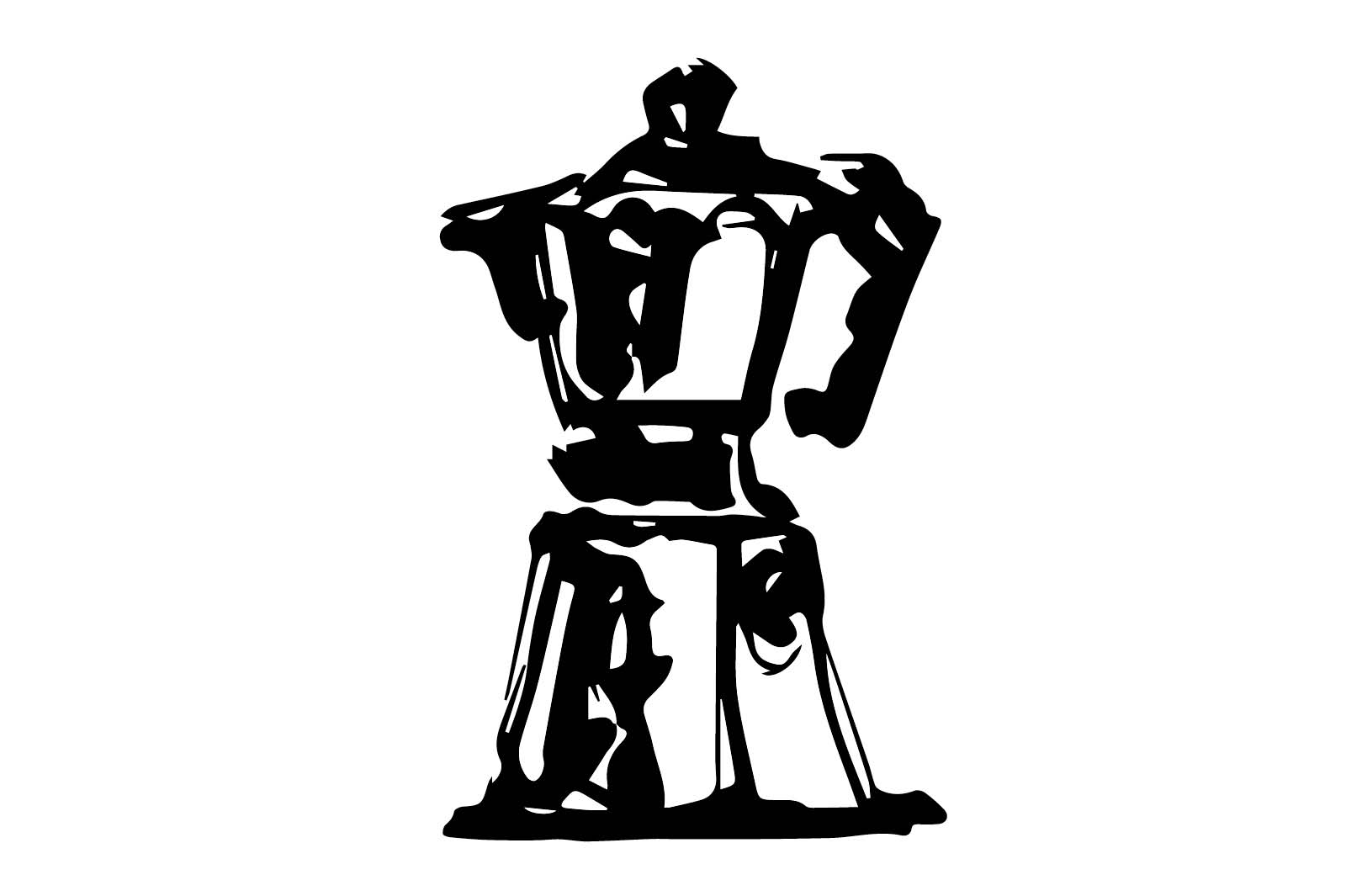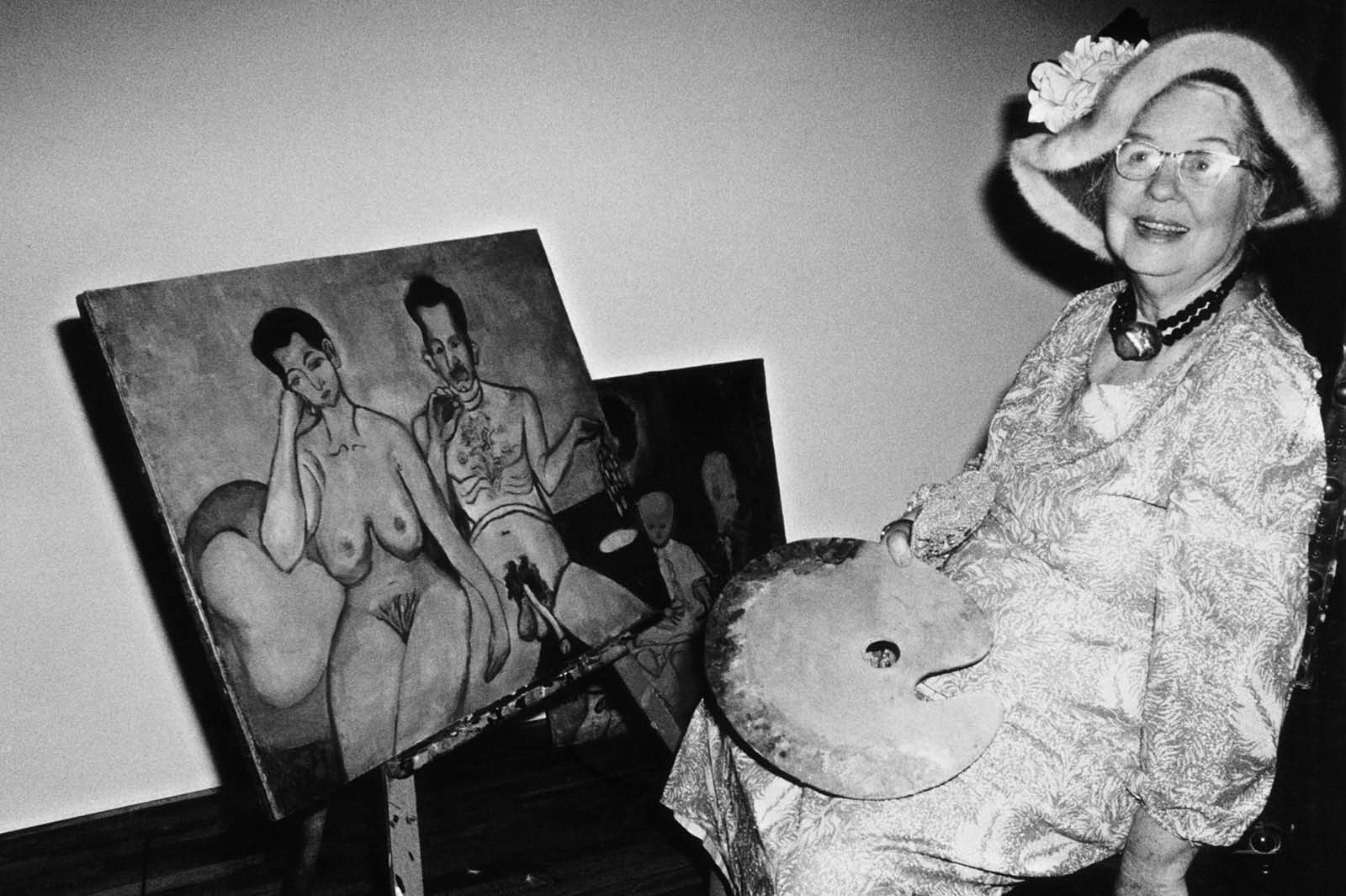In the spring of 1951, there was a commotion in Assy, a remote part of the Alps where France and Italy are only separated by mountains and valleys. In a town normally famed for its tuberculosis-healing properties and its winter sports, a debate about sacred art was beginning to make itself heard.
After nine years of construction, the Église Notre-Dame de Toute Grâce du Plateau d’Assy was finally finished in 1946. A low, squat building, designed by architect Maurice Novarina and fashioned out of sandstone, it looked more like a chalet than a church. But here — facing Mont Blanc, and surrounded by fields in summer and snow in winter — was a radical undertaking: a non-traditional church, decorated and filled with modern art by the likes of Matisse, Pierre Bonnard and Fernand Léger.
The church had been consecrated in 1950 but, one afternoon in 1951, the local bishop became worried by stories he was hearing about its new décor. He drove over to the town and turned his gaze on the new altarpiece that had so upset some churchgoers. According to the bishop, it was a “caricature representing nothing.” It was taken down that day, and only returned to its place two decades later.
The work of art in question — “Le Christ d’Assy” (1950) — is almost unbearably frail: the Christ-figure is as thin as a plank of wood and his body has, under the sculptor’s direction, merged with the cross that supports him. His only features are an emaciated ribcage and long, spindly fingers; his face is blank, and his body has become one with the instrument of his torture. It’s a work that graphically evokes the physical crucifixion; the expected iconography is rendered horrifyingly novel (and, for French postwar viewers, perhaps distressingly familiar). It is no surprise that it became the center of a prominent national debate over sacred modern art: la querelle de l’art sacré.
The artist in the midst of this debate — the creator of this “scandalous” and “anti-Christian” work of art — was Germaine Richier, a sculptor from Grans, a small town on the other side of France. Born in 1902, Richier aged with the century. She studied in Montpellier under a former student of Auguste Rodin, and then moved to Paris to work in Antoine Bourdelle’s studio. She married a fellow sculptor, the Swiss Otto Charles Bänninger, and spent the war in Zurich. On her return to Paris, her fame only grew: she was France’s entry for the Venice Biennale in 1952, had solo exhibitions, and had her work bought by the French state. Before her death in 1959, she was the first woman to have her work exhibited in the Musée National d’Art Moderne — what is now the Centre Pompidou, which this year made her the subject of the first major retrospective since her 2006 exhibition at the Peggy Guggenheim Collection. Later this summer, the exhibition moves to the Musée Fabre in Montpellier.
Despite her institutional recognition in France — and her inclusion in both the Guggenheim collection and the UK’s Tate Modern — Richier is not as well-known outside her native country as she deserves to be, or, indeed, as other women sculptors whose work echoes her blend of human and animalistic features, from Louise Bourgeois to Kiki Smith.
At the beginning of the retrospective is a sculpture from 1916, made when Richier was only fourteen, long before she trained at Montpellier or met Bourdelle. Entitled “La Faune,” the head is turned on its side, bending unnaturally from the thick neck that still bears the thumbprints of its teenaged creator. There’s little to suggest that the head is that of a half-goat creature — there are no tell-tale horns — but the whole face is one of contorted, bulging animalism with a lascivious gaze and a tongue protruding from a grimace. Richier hasn’t depicted some animal-human hybrid but a vision of humanity which seems to be itself, integrally, beastly.
“La Faune” is the work of a preternaturally talented teenager, but this vision of a dark, debased humankind is felt throughout Richier’s adult work. In the early years of her practice, she focused on busts, which she described in an 1957 interview as a “five-finger exercise.” The hilariously sexist interviewer declares “I find it so difficult to visualize her as a maker of busts that I prefer to move on”; earlier, he praised her unfeminine “monumental lines” as being those needed for a woman to succeed in such a masculine discipline. Whatever the interviewer may have thought (at another point, he describes her as having the “cheery grunt of a furniture remover”), Richier’s busts are fascinating.
On plinths of different heights in the center of the exhibition’s first room, they date from the mid- to late 1930s: the years in which she was working in Paris and exhibiting at both the Salon des Tuileries and the Salon d’Automne.
But, among the more classical forms — perfectly proportioned young boys’ heads, and women with impossibly noble features — is something more distressing. One bust (“No. 12,” 1933-4) exists only in plaster. Its creamy white surface bears the damage of its decades, but its most disturbing feature is still visible: on the front, where the face should be, is only a crinkled, shell-like texture. All the features — nose, mouth, and eyes — have been obscured by Richier’s thumb. The pattern that remains has become an insect-like mask, or the texture of an animal hide.
A decade later, Richier made two versions of one sculpture: the crouched, taut form of “L’Escrimeuse” (“The Fencer”). In one, the woman is posed with her arm thrust forward to fight nude: her body positioned in sharp contrast to the vulnerability of her naked breasts and exposed groin. Facing across her in the exhibition — as if she were squaring up for a fight — is the version Richier made two years later, in 1945. Cast in the same deep-hued bronze as the first figure, this version has protective clothing on: her form is just imperceptibly smoother, with the most vulnerable parts of her body shielded. Over her face is a fencer’s mask, but what is meant to resemble a protective guard looks uncannily similar to the erased shell-face on the bust from a decade earlier. In Richier’s work, the human is never far from something less recognizable; something from a different world altogether.
This uncanny bent in Richier’s work is most evident in the near-surreal sculptures she made in the mid- and late 1940s. After her years in exile in Switzerland, she cast two life-size forms: “L’Orage” (1947-8) and “L’Ouragane” (1948-9); the “Storm man” and “Hurricane woman.” These two forms stand in the center of the exhibition, with the abstract concrete tombstones Richier commissioned for them just behind.
Other than occasionally working with wood and leaves she found on walks, Richier’s favored material was always bronze. But unlike the smooth gloss of other sculptors’ metal, her material is bubbled, layered, and rough, closer to plaster or dried clay than traditional bronze. In this pair of sculptures, the expressiveness of her material comes to the fore: with “L’Orage,” the man’s face is nothing more than the architectural supports behind the bronze coating; everything else appears to have dripped off. At his center, there’s a hole in the covering: he appears eroded, damaged and mutated, his skin as if it has been seared off with burns. “L’Ouragane” has fared little better. She has a face, and less damaged limbs; above the peeling, damaged skin on her groin, her (perhaps pregnant) stomach is domed and smooth.
These two statues look like figures who have come through some natural (or unnatural) disaster: the storms they’re named for, a nuclear blast, a war. In the face of such destruction, their bodies have started to disintegrate, to return to the earth. In a brilliantly disturbing sequence of photos in the exhibition, they were photographed in an overgrown garden.
From this nightmare pair, Richier took her apocalyptic, natural urges further: she made sculptures of women crouched and contorted into toads and grasshoppers, or with such Giacometti-thin limbs and hollow heads they resemble something alien and inhuman. Her figures of beetles and flying insects have more than a slight link to Bourgeois; as with the younger sculptor’s work, an atmosphere of sex — legs opened and breasts visible — is always paired with menace.
The exhibition ends with Richier’s “Chessboard”: a collection of large, colorful plaster forms mounted on individual plinths. They were made in 1959 — the year Richier died, at the age of fifty-six. The color is a departure from Richier’s earlier work, but the same uncanny ability to erase the gap between human and animals persists from her earliest sculpture, “La Faune.” Here — painted in bright pink, blue and yellow — figures with horselike heads, or no heads at all, stand waving their hands in the air, or leaning forward with their heads turned in conversation. With its Picasso-like patterning and harlequin costumes, it’s tempting to see it as a lighter, more fun work.
But what are all these nearly-human, nearly-animal figures poised to do? Is it a game, a war, a fight, an orgy? In Richier’s work, any number of outcomes are possible.
This article was originally published in The Spectator’s August 2023 World edition.



